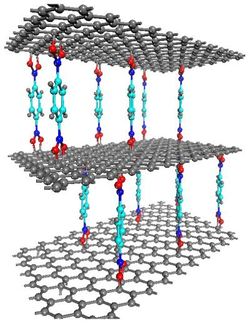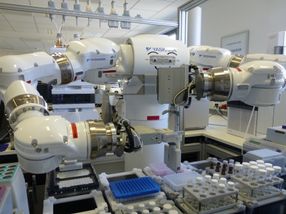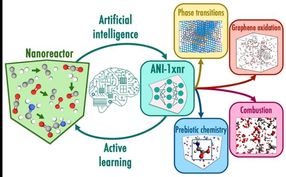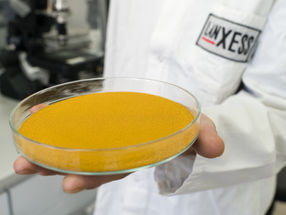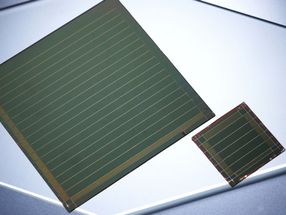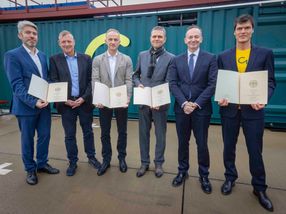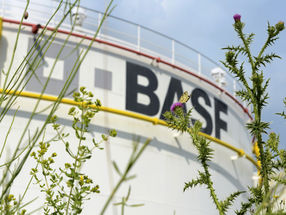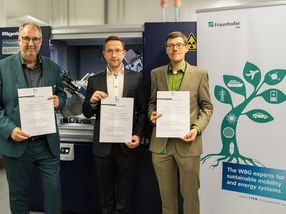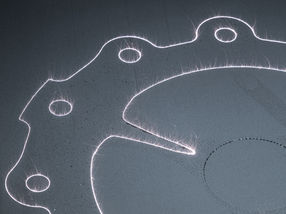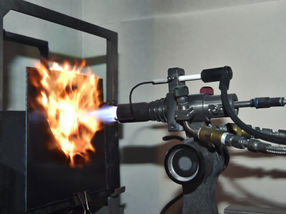Celanese expands market position for PBI Gold fire resistant fabric in Europe
Following considerable success in the U.S., Celanese AG is expanding its market position with polybenzimidazole (PBI) into Europe. PBI Gold fire resistant fabric is increasingly used as a protective outer shell in clothing for fire fighters. The Southeast Brigade Consortium in the UK has recently placed an order for apparel made of the fabric to equip around 4,500 fire fighters. Delivery of the 9,000 sets of fire-fighting gear will begin in November and December, 2002.
A separate contract was signed earlier this year by the Norwegian company Ary Konfeksjon, a fully-owned subsidiary of Wenaas, Norway, for clothing to equip almost 1,000 fire fighters. Ary Konfeksjon provides fire fighting apparel to the fire brigades in the greater Oslo area, including the central Oslo fire station and 17 further fire stations in the greater Oslo area.
"The contracts represent a major breakthrough for PBI in Europe and are the result of PBI's superior performance after flame exposure," said Bill Lawson, global head of PBI products. "In both cases, clothing committees were impressed by PBI Gold's break-open resistance when exposed to flame. The push for better protection for fire fighters is the reason more brigades around the world are looking at PBI."
Since its market launch in 1983, the high-temperature resistant polymer polybenzimidazole (PBI), produced exclusively by Celanese Ventures, has become the material of choice by the majority of U.S. fire departments. In the U.S., PBI Gold is the leading outer shell. Most of Celanese's customers do not produce garments themselves but process PBI fibers into a fabric, which is then sold to makers of apparel for fire fighters.
Recently, a further application for PBI was identified for the membrane electrode assembly (MEA) which controls the electrochemical reaction in fuel cells. Using PBI, Celanese has developed a MEA for high temperature fuel cells with operating temperatures as high as 200C possible. This results in a significantly increased efficiency as well as weight and cost reduction of the high temperature fuel cell when compared to low temperature fuel cells.
Most read news
Other news from the department research and development

Get the chemical industry in your inbox
From now on, don't miss a thing: Our newsletter for the chemical industry, analytics, lab technology and process engineering brings you up to date every Tuesday and Thursday. The latest industry news, product highlights and innovations - compact and easy to understand in your inbox. Researched by us so you don't have to.
